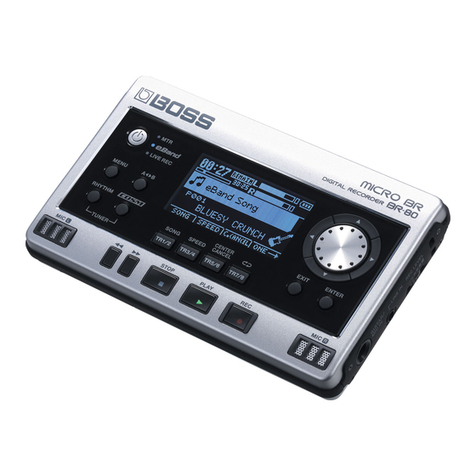Roland TR-909 User manual
Other Roland Recording Equipment manuals

Roland
Roland Edirol R-44 User manual

Roland
Roland RA-50 User manual
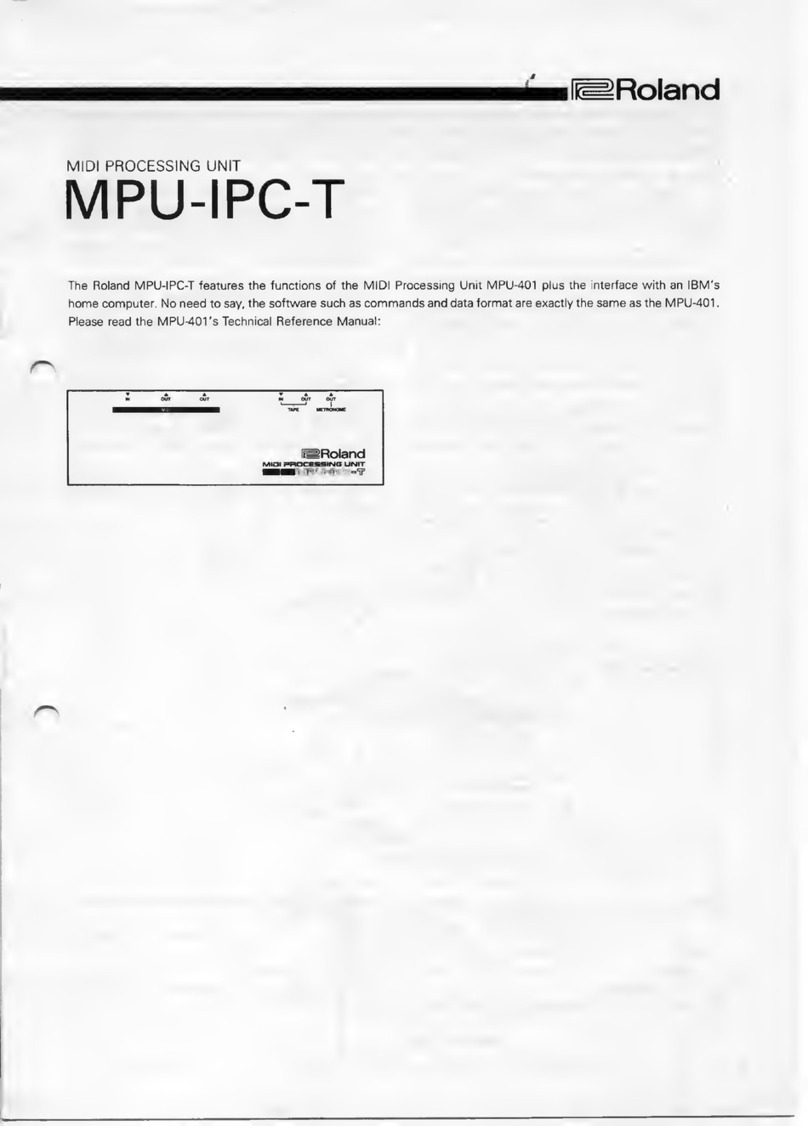
Roland
Roland MPU-IPC-T User manual

Roland
Roland S-770 User manual

Roland
Roland MKS-30 User manual

Roland
Roland Sound Brush SB-55 User manual

Roland
Roland MKS-80 User manual
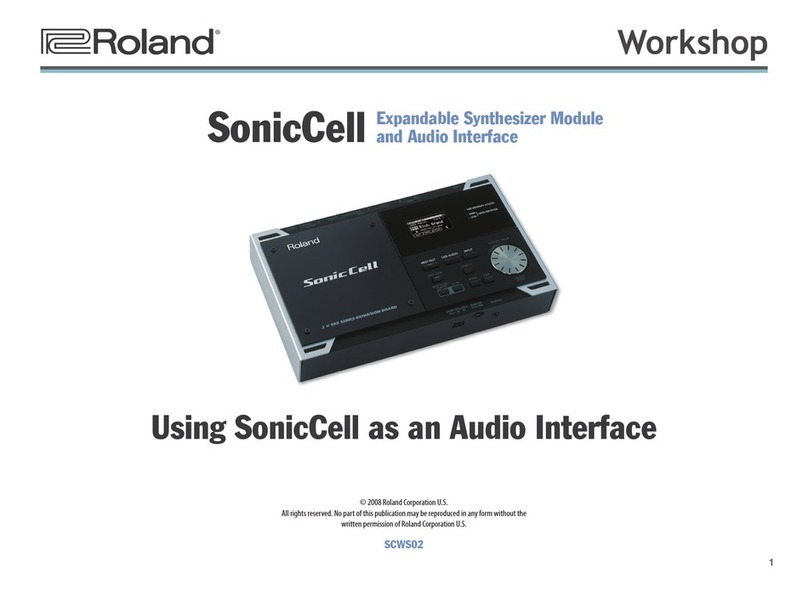
Roland
Roland SonicCell User manual

Roland
Roland MSQ-700 User manual
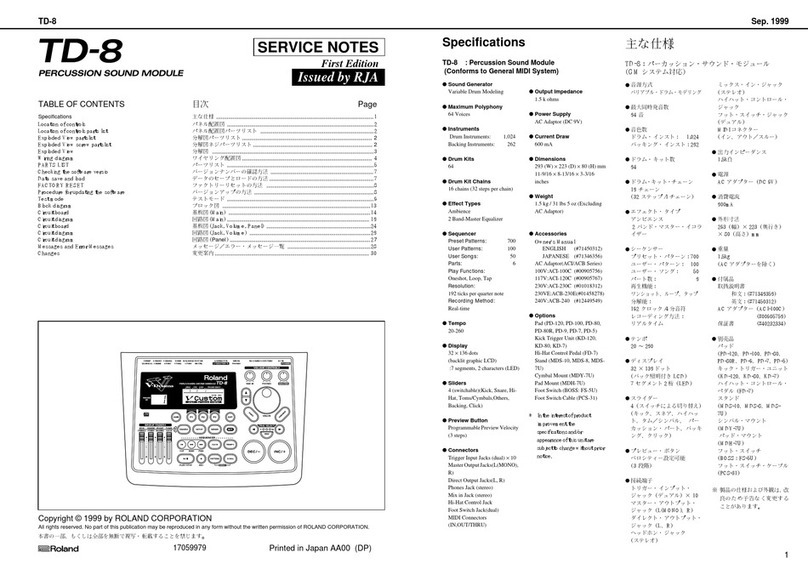
Roland
Roland V-Drums TD-8 Operating and maintenance manual

Roland
Roland A-80 Operating and maintenance manual
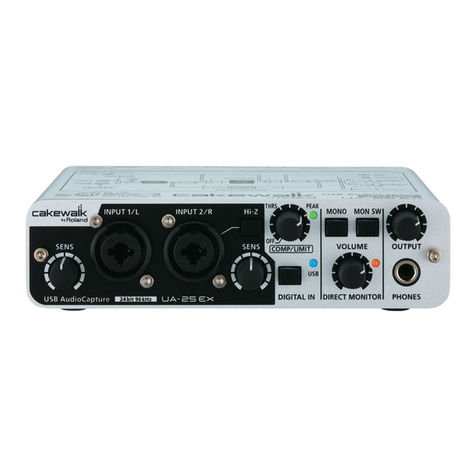
Roland
Roland Cakewalk UA-25 EX User manual
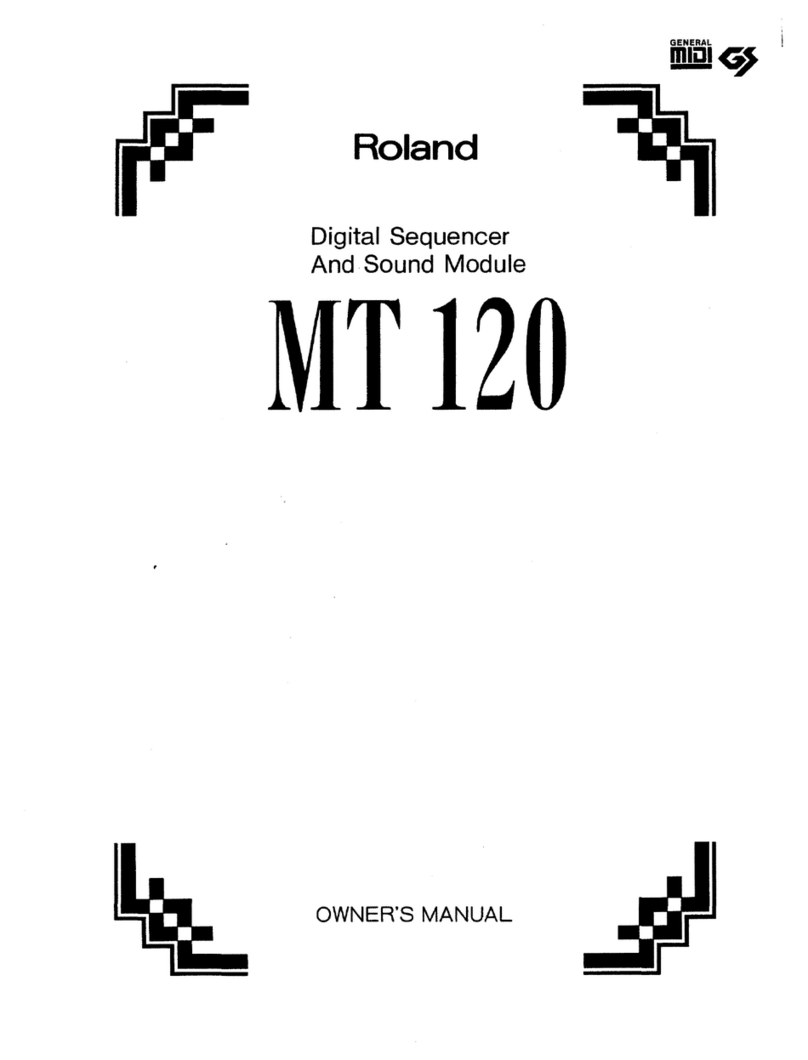
Roland
Roland MT 120 User manual

Roland
Roland FC-200 User manual

Roland
Roland CD-2i User manual
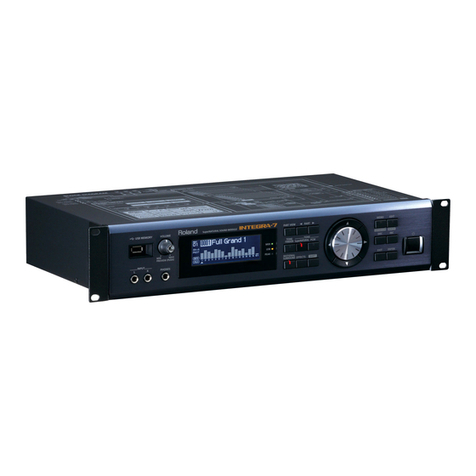
Roland
Roland INTEGRA-7 SuperNATURAL Operating and maintenance manual
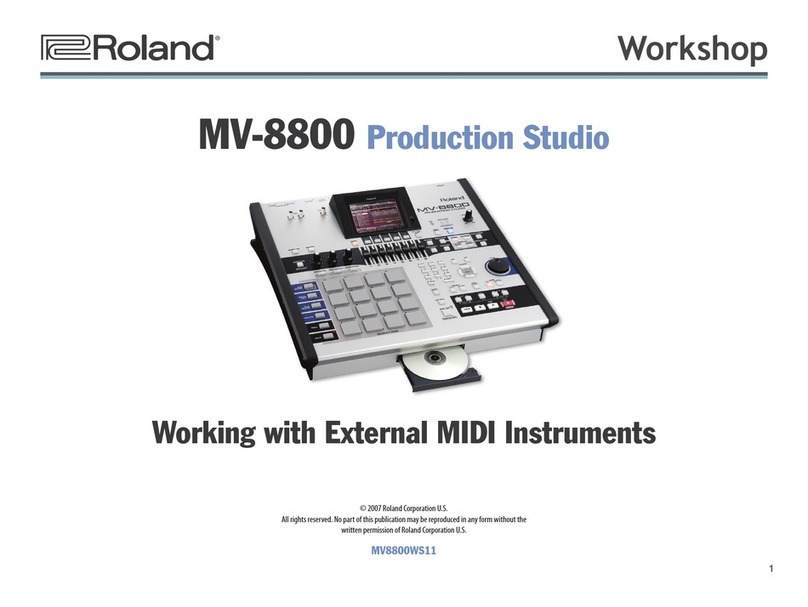
Roland
Roland MV-8800 Production Studio Instruction manual
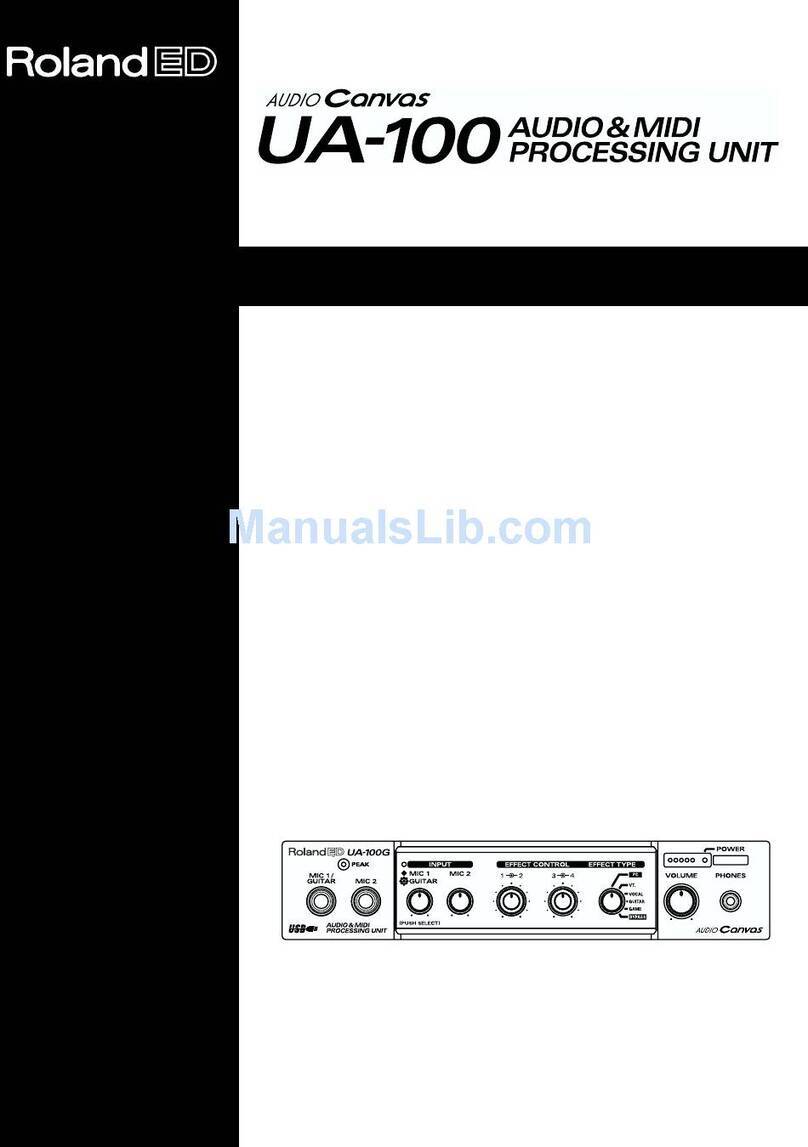
Roland
Roland Audio Canvas UA-100 User manual
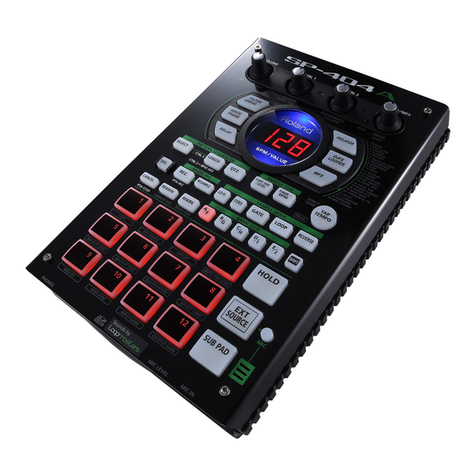
Roland
Roland SP-404A User manual
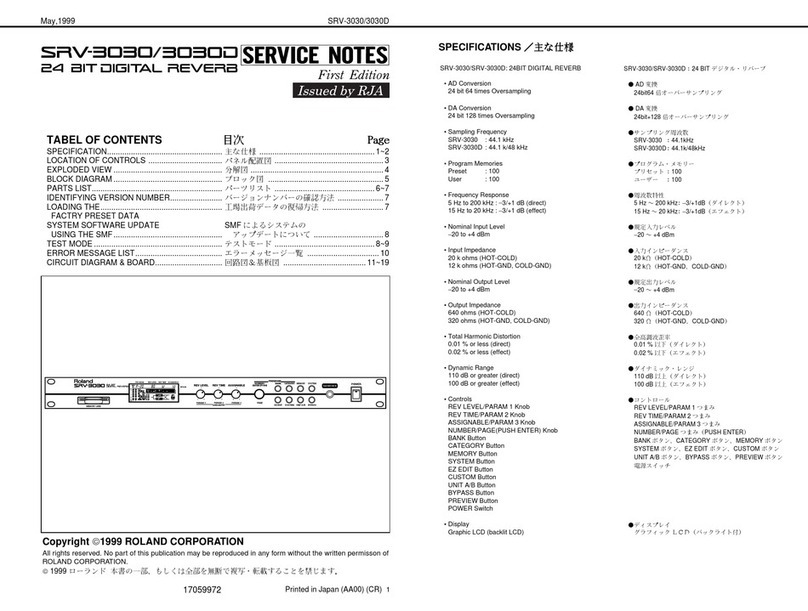
Roland
Roland SRV-3030 Operating and maintenance manual
Popular Recording Equipment manuals by other brands

Sony
Sony RCD-W1 Operating Instructions (primary... Service manual

8x8 Inc
8x8 Inc Valcom V-2001A manual

Waves
Waves SUB Align user guide

Mitsubishi Electric
Mitsubishi Electric MAC-334IF-E installation manual

Robotics Technologies
Robotics Technologies microBus-Cam II installation manual

Seca
Seca 460 quick start guide


